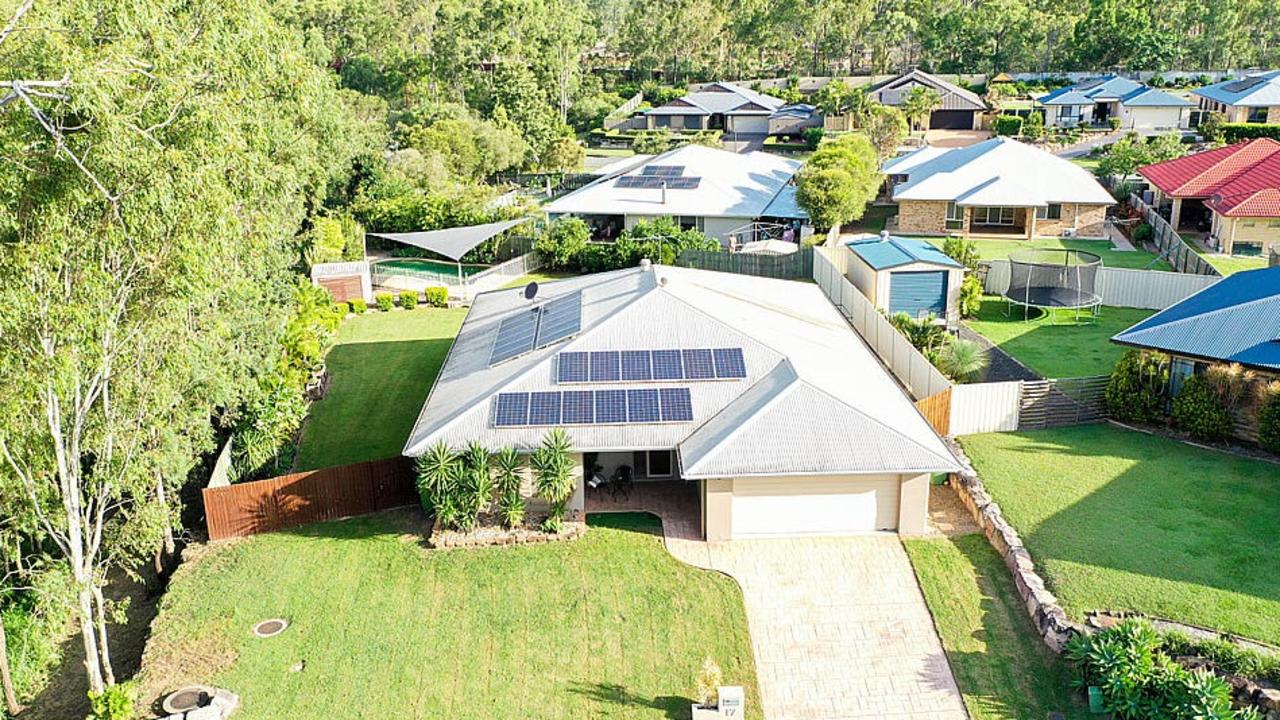Eyes in sky missing some nests
BIOSECURITY Queensland has defended its use of high-tech helicopters to find fire ant nests despite most discoveries being made by landholders.

Ipswich
Don't miss out on the headlines from Ipswich. Followed categories will be added to My News.
BIOSECURITY Queensland has defended its use of high-tech helicopters to find fire ant infestations in the Lockyer Valley despite most discoveries being made by landholders.
Recently discovered nests in Hatton Vale and Summerholm were brought to the attention of authorities by a local farmer, despite the area having been scanned by a Biosecurity helicopter.
Biosecurity Queensland Control Centre director Neil O'Brien said final results from the scan of the Lockyer Valley would be completed in the next month.
"Now that image capture has been completed the captured data is being analysed," he said.
"Preliminary analysis shows that the infestations at Hatton Vale and Summerholm were identified, but full analysis of the entire area is pending.
"The results of the full analysis for the Hatton Vale, Summerholm and the surrounding suburbs are expected within the next month. As potential target nests are identified, field staff will check to confirm whether or not the target is a fire ant nest."
Mr O'Brien said the remote sensing surveillance had three components - image capture, analysis to identify potential fire ant nests and finally field surveillance.
"Hatton Vale and Summerholm were in areas scheduled to be surveyed using remote sensing this year and image capture was completed over Hatton Vale after the public report and prior to the detection of the Summerholm infestation.
"Before the program's helicopters fly across an area to capture imagery, all residents are notified. It was this notification and other program activities in the area that raised awareness of fire ants in the region, which led to the public report of Summerholm."
Mr O'Brien said helicopters were more effective due to the ground they could cover.
"Remote surveillance has the benefit of covering an average of 750ha per day, whereas a field team of 12 staff can survey an average of 15ha per day," he said.
But the helicopters do have a problem with temperature variations Mr O'Brien said.
"Warmer temperatures reduce the effectiveness of remote sensing by affecting the quality of data captured with the thermal cameras," he said.
"Preliminary results show a detection rate of up to 80% in ideal conditions. We do not expect this across all areas and further information on the effectiveness will be available as the analysis proceeds."
Mr O'Brien said there had been no further discoveries of fire ants since the Hatton Vale nest.
FIRE ANT HOT SPOTS
- According to Biosecurity Queensland, since July there have been fire ant detections at Springfield, Redbank Plains, Rosewood, Augustine Heights, Yamanto and Deebing Heights.
Originally published as Eyes in sky missing some nests


